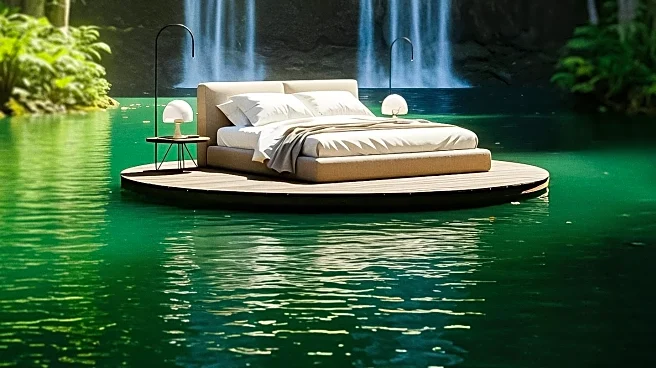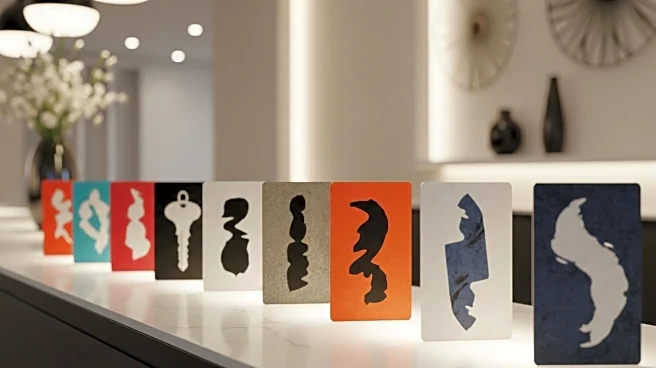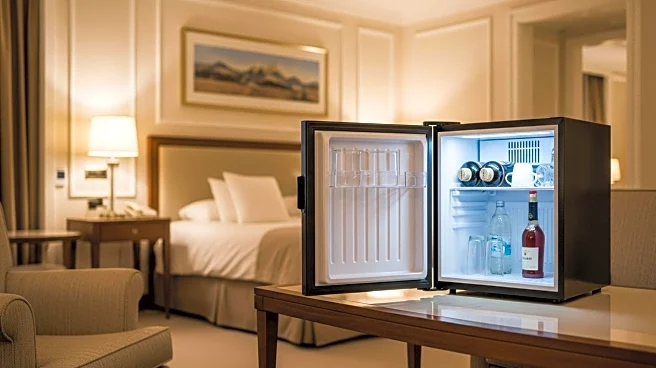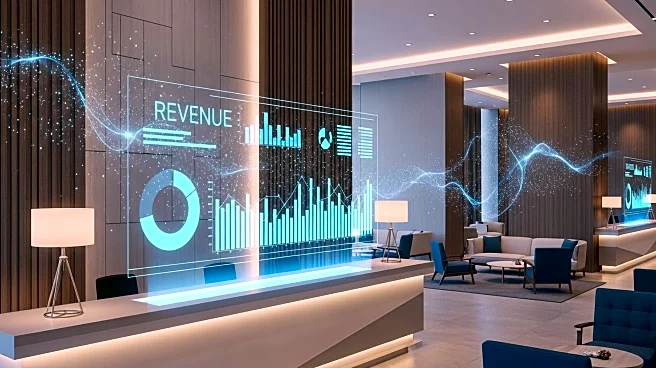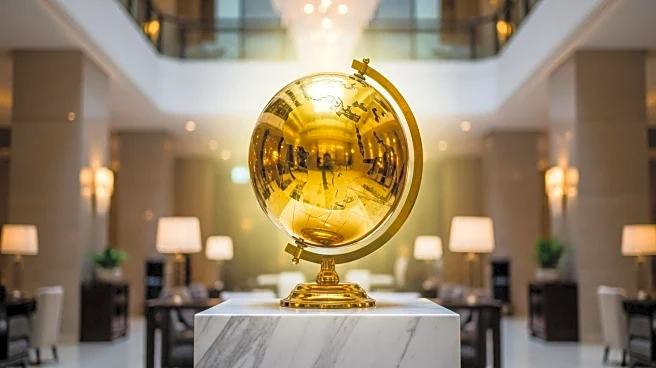What's Happening?
Luxury resorts are increasingly criticized for their lack of distinctiveness, as many properties adopt similar designs and services, leading to a homogenized experience for guests. This trend, often referred to as the 'sad beige aesthetic,' is driven by a fear of risk among executives who prefer to replicate proven models rather than innovate. As a result, many resorts feature neutral walls, safe furnishings, and standardized services that fail to create memorable experiences. However, some hotels are challenging this trend by transforming overlooked spaces into unique, revenue-generating areas through creative interventions in lighting, sound, and storytelling. These efforts have reportedly increased guest engagement and satisfaction, demonstrating the potential return on investment for taking creative risks.
Why It's Important?
The trend towards homogeneity in luxury resorts has significant implications for the hospitality industry. As guests have more choices and access to information than ever before, differentiation becomes crucial for survival. Resorts that fail to offer unique experiences risk becoming invisible in a crowded market where guests can easily compare hundreds of options globally. The emphasis on safe, neutral designs may protect against short-term criticism but ultimately undermines brand individuality and guest loyalty. By embracing creativity and emotional design, resorts can enhance guest satisfaction, increase return rates, and generate organic content, thereby building a loyal customer base. This shift towards experience design over traditional interior design reflects a broader industry trend where emotional resonance and a sense of place are key differentiators.
What's Next?
As the hospitality industry continues to evolve, more resorts may begin to prioritize experience design to stand out in a competitive market. This could involve investing in multisensory experiences and unique storytelling elements that create memorable moments for guests. Industry leaders may also explore partnerships with creative agencies to develop innovative concepts that enhance brand engagement. Additionally, as social media continues to influence travel decisions, resorts that successfully differentiate themselves may benefit from increased visibility and positive word-of-mouth marketing. The challenge for the industry will be to balance the need for innovation with the financial pressures of maintaining profitability.
Beyond the Headlines
The push for unique experiences in luxury resorts highlights broader cultural and economic shifts towards personalization and authenticity. As consumers increasingly seek meaningful and memorable experiences, industries beyond hospitality may also need to adapt to these changing expectations. This trend underscores the importance of creativity and emotional connection in building brand loyalty and driving business success. Furthermore, the move away from homogeneity may encourage a more diverse and inclusive approach to design and service, reflecting the varied preferences and backgrounds of global travelers.

